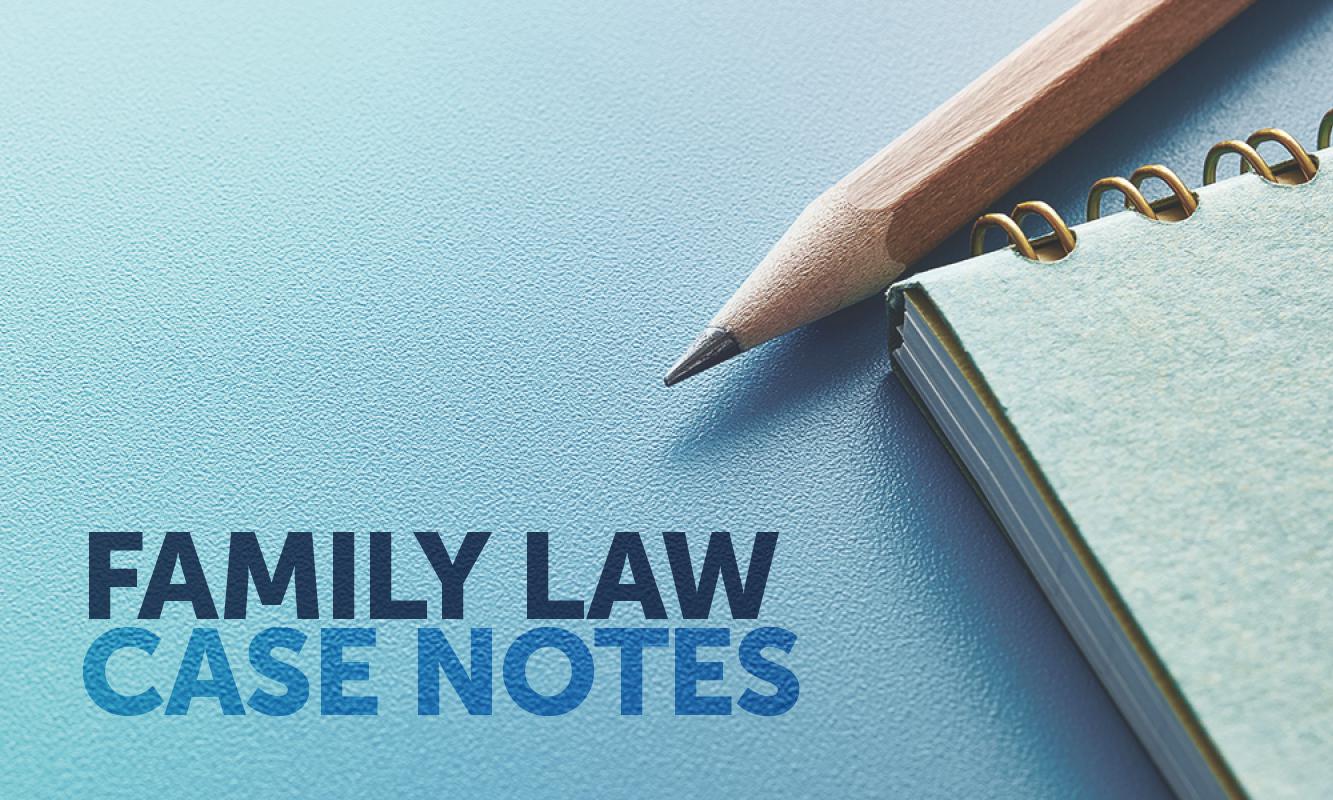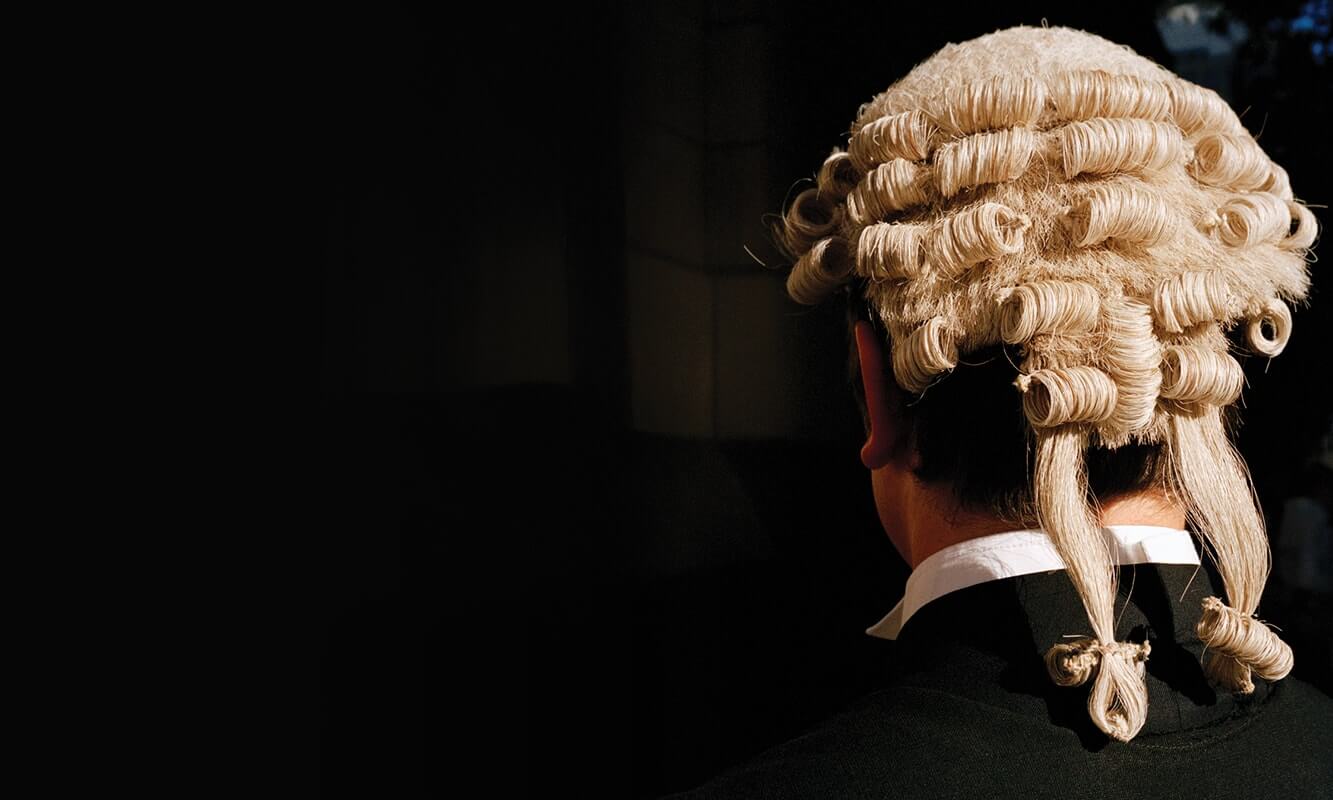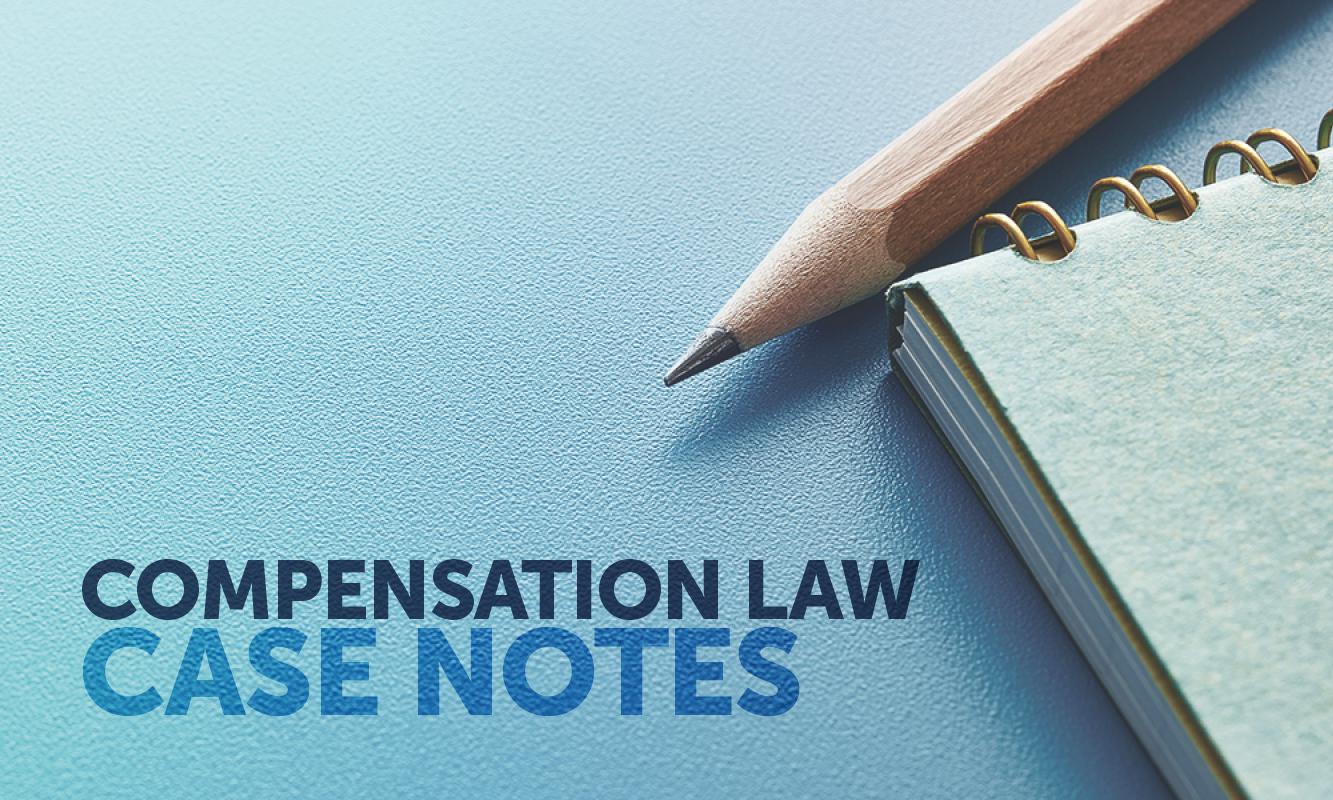The poets might claim that for those in love two hearts beat as one but, in Namoa v The Queen [2021] HCA 13 (14 April 2021) the High Court had to consider whether, for the purposes of a criminal conspiracy, a married couple are, legally, as one person.
Section 11.5(1) of the Criminal Code (Cth) (the code) creates the statutory offence of conspiracy. Section 11.5(1) provides: “A person who conspires with another person to commit an offence punishable by imprisonment for more than 12 months, or by a fine of 200 penalty units or more, is guilty of the offence of conspiracy to commit that offence and is punishable as if the offence to which the conspiracy relates had been committed.”
The appellant was found guilty by a jury of conspiring to do acts in preparation for a terrorist act contrary to ss11.5(1) and 101.6(1) of the code. Prior to the trial the appellant applied for a permanent stay. The appellant argued that she could not be found guilty of conspiracy under the code because she and her co-conspirator were married.
The appellant pointed to a common law rule that spouses alone cannot conspire and argued that this rule affects the meaning of ‘conspires’ and ‘conspiracy’ in s11 of the code.
The trial judge dismissed the appellant’s application. The appellant unsuccessfully appealed to the Court of Criminal Appeal of the Supreme Court of New South Wales. The Court of Appeal considered that the language of the code was clear: a husband and wife are each a ‘person’ and, as such, can be guilty of conspiring with each other within the meaning of s11.5 of the code.
The appellant was similarly disappointed in her appeal to the High Court. Gleeson J (with whom Gageler, Keane, Gordon, Edelman and Stewart JJ agreed) found at [9] that the Court of Appeal was right in reaching the conclusion that it did. Gleeson J observed at [11] that a “code is to be construed according to its natural meaning and without any presumption that its language was intended to do no more than restate the common law”.
The appellant cited authorities from New Zealand, Canada and the United Kingdom in which the court recognised a common law rule that a husband and a wife, alone, cannot be convicted of conspiracy. Gleeson noted at [27] that Lord Denning MR, in in Midland Bank Trust Co Ltd v Green [No.3] [1982] Ch 529 at 538, explained the existence of the rule to be a ramification of the doctrine of unity between husband and wife.
And, at [24]-[25], Oliver J, in Midland at 521, considered that “the continued existence of the rule, in relation to the crime of conspiracy rests … not upon a supposed inability to agree as a result of some fictional unity, but upon public policy which, for the preservation of the sanctity of marriage, accords an immunity from prosecution to spouses who have done no more than agree between themselves in circumstances which would lay them open, if unmarried to a charge of conspiracy.”
But Gleeson J pointed out that, in none of the cases cited by the appellant, the court was concerned with the meaning of the word ‘conspiracy’. Gleeson J drew upon the definition of ‘person’ in the code at [14] and extrinsic materials at [29]-[33] to conclude that s11.5(1) did not include a common law rule that a husband and wife cannot conspire. This extrinsic material included reports from various review committees which had declared the common law rule to be unhelpful, outdated and unacceptable to a modern society and recommended that the rule not be retained.
Dr Michelle Sharpe is a Victorian barrister practising in general commercial, real property, disciplinary and regulatory law, ph 03 9225 8722, email msharpe@vicbar.com.au. The full version of these judgments can be found at austlii.edu.au.













Share this article